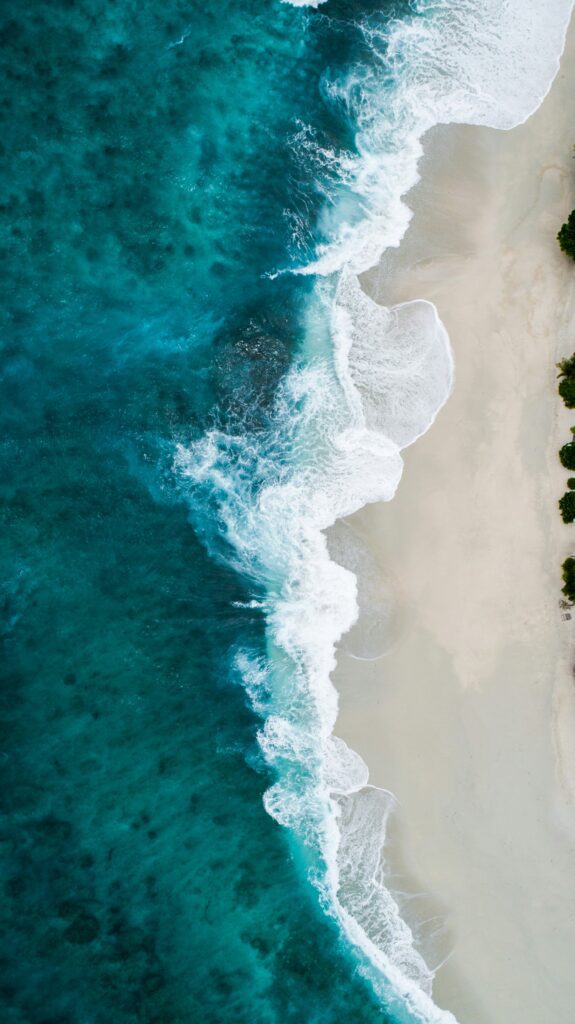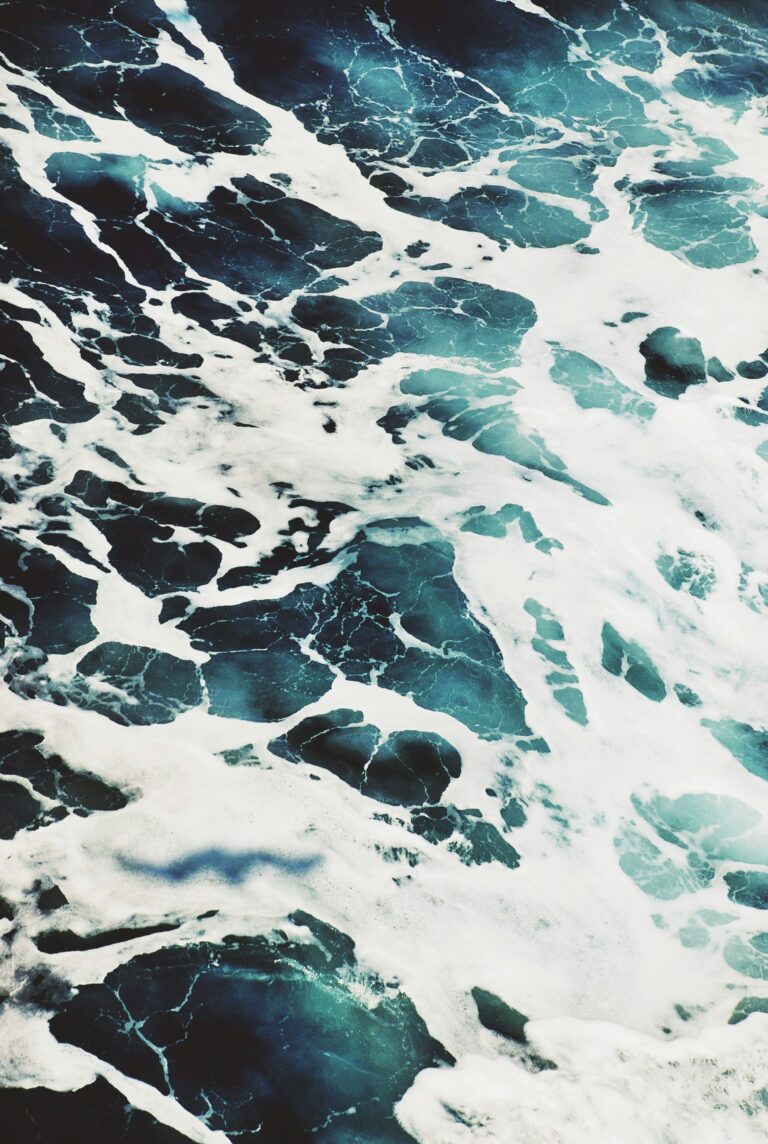In the mysterious depths of the ocean, a world of giants lurks beneath the waves. Imagine encountering a creature with eyes the size of dinner plates or a crustacean as large as a small car. Welcome to the realm of deep-sea gigantism, a phenomenon that has fascinated scientists and intrigued adventurers for centuries. In this blog post, we embark on an exploration of this strange and captivating world, delving into the depths to uncover the secrets of these colossal creatures and the environments they inhabit.
Deep-Sea Gigantism
Deep-sea gigantism refers to the phenomenon where certain marine organisms that inhabit the deep ocean grow to unusually large sizes compared to their shallow-water relatives or counterparts. This peculiar trait has fascinated scientists for decades and has been observed in various organisms dwelling in the depths of the ocean.
Definition and Explanation
The concept of deep-sea gigantism revolves around the observation that certain species of organisms dwelling in the deep sea exhibit a remarkable increase in size compared to their shallow-water counterparts or relatives. These deep-sea giants can include a diverse range of organisms such as invertebrates like crustaceans, mollusks, and echinoderms, as well as vertebrates like fish and cephalopods. The phenomenon is not limited to a particular taxonomic group but rather spans across various branches of the oceanic ecosystem.
The deep ocean presents a unique environment characterized by extreme conditions such as high pressure, low temperatures, and limited food availability. These environmental factors are believed to play a significant role in shaping the growth patterns of deep-sea organisms, potentially leading to gigantism. The precise mechanisms behind deep-sea gigantism are still not fully understood, but several theories and hypotheses have been proposed to explain this phenomenon.
Examples of Deep-Sea Gigantism in Various Marine Organisms
Deep-sea gigantism manifests differently across various taxa, with numerous examples of oversized organisms found in the depths of the ocean. One of the most well-known examples is the giant isopod (Bathynomus giganteus), a crustacean that can reach sizes of over a foot in length. Other notable examples include giant squid (Architeuthis dux), colossal squid (Mesonychoteuthis hamiltoni), and the Japanese spider crab (Macrocheira kaempferi), which are among the largest invertebrates found in the deep sea.
In addition to invertebrates, deep-sea gigantism is also observed in certain species of fish. For instance, the fangtooth fish (Anoplogaster cornuta) and the gulper eel (Eurypharynx pelecanoides) are notable examples of deep-sea fish species that exhibit exaggerated sizes compared to their shallow-water relatives.
Theories and Hypotheses About the Causes of Deep-Sea Gigantism
Several theories have been proposed to explain the phenomenon of deep-sea gigantism, although none provide a definitive answer. One prominent hypothesis suggests that the larger size of deep-sea organisms may be an adaptation to the scarcity of food in the deep ocean. By growing larger, these organisms can maximize their energy reserves and increase their chances of survival in an environment where food resources are limited and sporadic.
Another theory posits that the increased pressure in the deep sea may influence the growth patterns of organisms, potentially leading to gigantism. The higher hydrostatic pressure in the deep ocean could affect metabolic rates and physiological processes, resulting in larger body sizes over time.
Overall, deep-sea gigantism remains a fascinating area of study in marine biology, with researchers continuing to investigate the underlying mechanisms driving this phenomenon. Further research and exploration of the deep ocean are crucial for gaining a deeper understanding of the factors contributing to the extraordinary sizes of organisms inhabiting this mysterious realm.
The Mysterious World of Deep-Sea Creatures
Description of the Deep-Sea Environment
The deep sea, often referred to as the abyssal zone, is the vast, largely unexplored region of the ocean that extends from approximately 200 meters (656 feet) to the ocean floor, which can reach depths of over 10,000 meters (32,808 feet) in certain areas. This extreme environment is characterized by perpetual darkness, frigid temperatures, high pressure, and limited food resources. Sunlight does not penetrate to these depths, resulting in a pitch-black environment where organisms must rely on bioluminescence or other specialized adaptations for survival. The deep-sea floor is primarily composed of soft sediment, rocky terrain, hydrothermal vents, and cold seeps, each harboring unique ecosystems and biodiversity.
Adaptations of Deep-Sea Creatures to Extreme Conditions
Deep-sea creatures have evolved a myriad of specialized adaptations to thrive in the harsh conditions of the abyssal zone. One of the most common adaptations is bioluminescence, the ability to produce light through chemical reactions. Many deep-sea organisms, including fish, cephalopods, and jellyfish, utilize bioluminescence for communication, camouflage, and attracting prey.
Additionally, deep-sea creatures often possess unique physiological adaptations to cope with the extreme pressure and cold temperatures of the deep ocean. Some species have flexible bodies or compressible skeletons to withstand the crushing pressure, while others produce antifreeze proteins to prevent ice crystal formation in their tissues.
Furthermore, deep-sea organisms exhibit reduced metabolic rates and energy consumption to conserve resources in the nutrient-poor environment. Many species have elongated bodies or appendages, which help reduce drag and energy expenditure during locomotion in the water column.

Role of Gigantism in Survival and Adaptation
Gigantism plays a significant role in the survival and adaptation of deep-sea creatures, allowing them to capitalize on the sparse resources available in the abyssal zone. By growing larger in size, organisms can increase their energy reserves, enhance their hunting capabilities, and withstand predation pressure from larger predators.
Furthermore, gigantism may serve as a defense mechanism against the intense pressure of the deep ocean. Larger body sizes can provide stability and resistance to deformation under high hydrostatic pressure, enabling organisms to navigate and forage more effectively in their environment.
Overall, gigantism represents a remarkable adaptation to the challenging conditions of the deep sea, highlighting the incredible diversity and resilience of marine life in this mysterious and largely unexplored realm.
Notable Examples of Deep-Sea Gigantism
Giant Squid and Colossal Squid
The giant squid (Architeuthis dux) and the colossal squid (Mesonychoteuthis hamiltoni) are two of the most iconic examples of deep-sea gigantism. Both species belong to the cephalopod family and inhabit the deep ocean at depths ranging from 300 meters (984 feet) to over 2,000 meters (6,561 feet). Giant squid are known for their enormous size, with specimens reaching lengths of up to 13 meters (43 feet) including their tentacles, although some reports suggest even larger individuals. Colossal squid, on the other hand, are characterized by their robust bodies and disproportionately large eyes, with females being significantly larger than males. These impressive creatures are apex predators in their deep-sea habitats, preying on fish, crustaceans, and other cephalopods using their powerful tentacles and sharp beaks.
Japanese Spider Crab
The Japanese spider crab (Macrocheira kaempferi) is another fascinating example of deep-sea gigantism. Found in the waters around Japan, these arthropods inhabit depths of up to 300 meters (984 feet) and are renowned for their massive size and long, spindly legs. Japanese spider crabs can weigh up to 19 kilograms (42 pounds) and have a leg span of over 3 meters (10 feet), making them one of the largest arthropods in the world. Despite their intimidating appearance, Japanese spider crabs are relatively docile creatures that primarily feed on algae, mollusks, and other small organisms found on the ocean floor.
Giant Isopods
Giant isopods belong to the crustacean order Isopoda and are notable examples of deep-sea gigantism. These peculiar creatures resemble oversized pill bugs and are found in the deep waters of the Atlantic, Pacific, and Indian Oceans, typically at depths exceeding 200 meters (656 feet). Giant isopods exhibit a wide range of sizes, with some species reaching lengths of over 30 centimeters (12 inches) and weighing several kilograms. They are scavengers, feeding on carrion and detritus that sink to the ocean floor, and possess a unique ability to survive long periods without food by entering a state of metabolic dormancy.
Other Remarkable Examples
In addition to the aforementioned examples, there are numerous other remarkable instances of deep-sea gigantism across various taxa. This includes deep-sea fish species such as the fangtooth fish (Anoplogaster cornuta), gulper eel (Eurypharynx pelecanoides), and the sixgill shark (Hexanchus griseus), all of which exhibit exaggerated sizes compared to their shallow-water relatives. Furthermore, certain deep-sea invertebrates like giant tube worms, deep-sea crabs, and deep-sea anemones also demonstrate gigantism as an adaptation to the extreme conditions of the abyssal zone.
VIDEO CRDITS NATURAL WORLD FACTS



